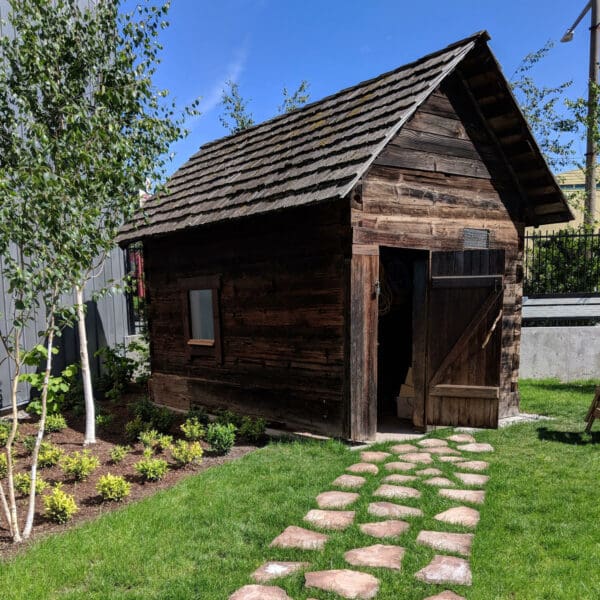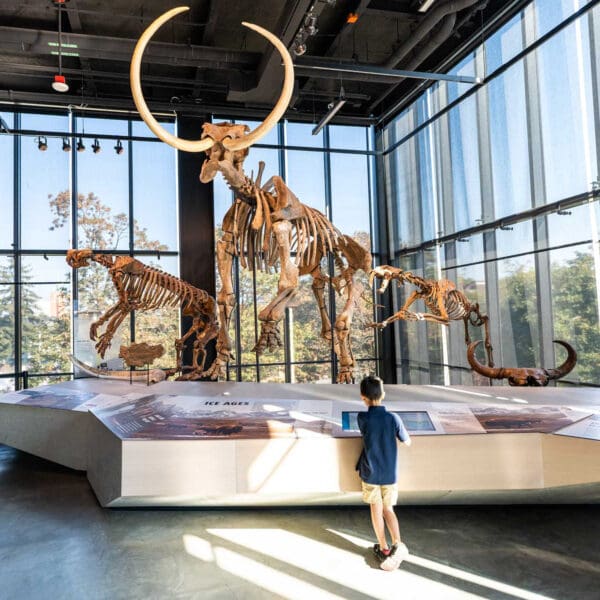Introduction
Seattle, a city known for its vibrant cultural scene, offers an array of museums that showcase the diverse heritage and history of the region. From the Wing Luke Museum, Museum of History and Industry (MOHAI), National Nordic Museum, to the Burke Museum, these institutions serve as gateways to understanding the importance of cultural tourism, diversity, and equity. In this article, we explore how these museums contribute to fostering a more inclusive and understanding society.
The Wing Luke Museum

Nestled in the heart of Seattle’s Chinatown-International District, the Wing Luke Museum stands as a testament to the Asian American experience. Through thought-provoking exhibitions, interactive displays, and engaging programs, the museum provides visitors with a deeper understanding of the challenges faced by Asian communities, while celebrating their contributions to the cultural fabric of the Pacific Northwest. By sharing personal stories and exploring social justice issues, the Wing Luke Museum promotes empathy, respect, and equity.
Museum of History and Industry (MOHAI)

Situated on the shores of Lake Union, MOHAI delves into Seattle’s rich history, highlighting the diverse communities that shaped the city. The museum’s exhibits trace the stories of Native American tribes, African Americans, Asian Americans, and European settlers, shedding light on their struggles, triumphs, and the ongoing pursuit of equality. MOHAI’s commitment to inclusivity extends beyond its exhibits, as it actively engages with local communities, fostering dialogues on equity, diversity, and social justice.
National Nordic Museum

Located in the vibrant Ballard neighborhood, the National Nordic Museum celebrates the heritage and contributions of the Nordic communities to the Pacific Northwest. Through captivating exhibitions, visitors gain insights into the cultures, traditions, and history of Denmark, Finland, Iceland, Norway, and Sweden. By embracing diversity and promoting cross-cultural understanding, the museum serves as a bridge between Nordic and local communities, fostering inclusivity and appreciation of different cultures.
Burke Museum

The Burke Museum, situated on the University of Washington campus, is dedicated to preserving and promoting the rich natural and cultural history of the region. Through its diverse collections and exhibits, the museum showcases the ancestral traditions and contemporary perspectives of Indigenous peoples, highlighting their deep connections to the land and fostering a greater understanding of their enduring legacies. The Burke Museum actively engages with Indigenous communities, ensuring that their voices are central to the narratives presented.
Conclusion
Seattle’s museums, including the Wing Luke Museum, MOHAI, National Nordic Museum, and the Burke Museum, exemplify the transformative power of cultural tourism in promoting diversity and equity. These institutions provide spaces for dialogue, education, and understanding, encouraging visitors to appreciate different perspectives and cultivate empathy. By celebrating the contributions of diverse communities and engaging in meaningful collaborations, these museums play a vital role in building a more inclusive and equitable society. Exploring these cultural treasures allows us to uncover the untold stories, challenge preconceptions, and celebrate the beauty of our shared humanity.

